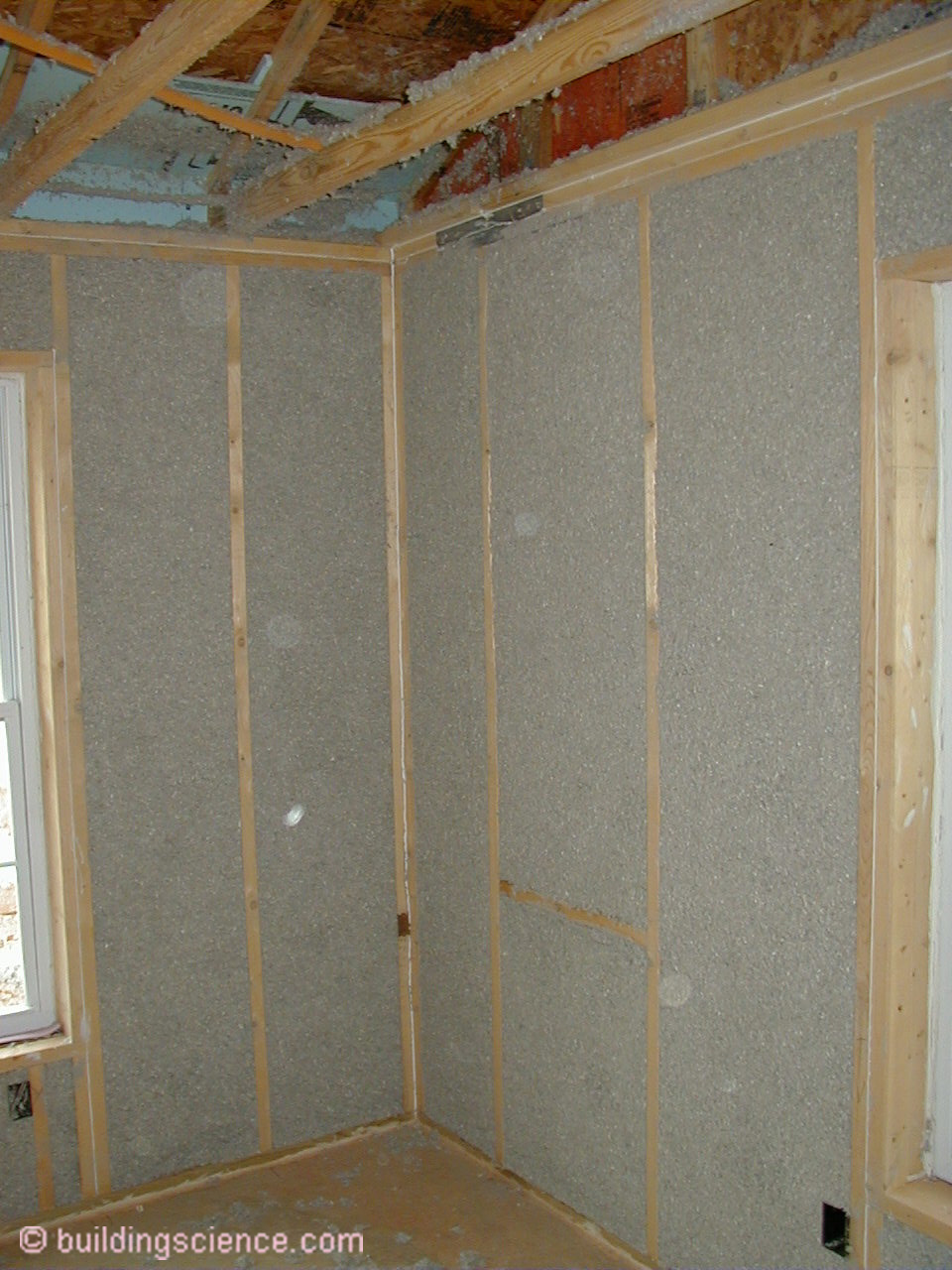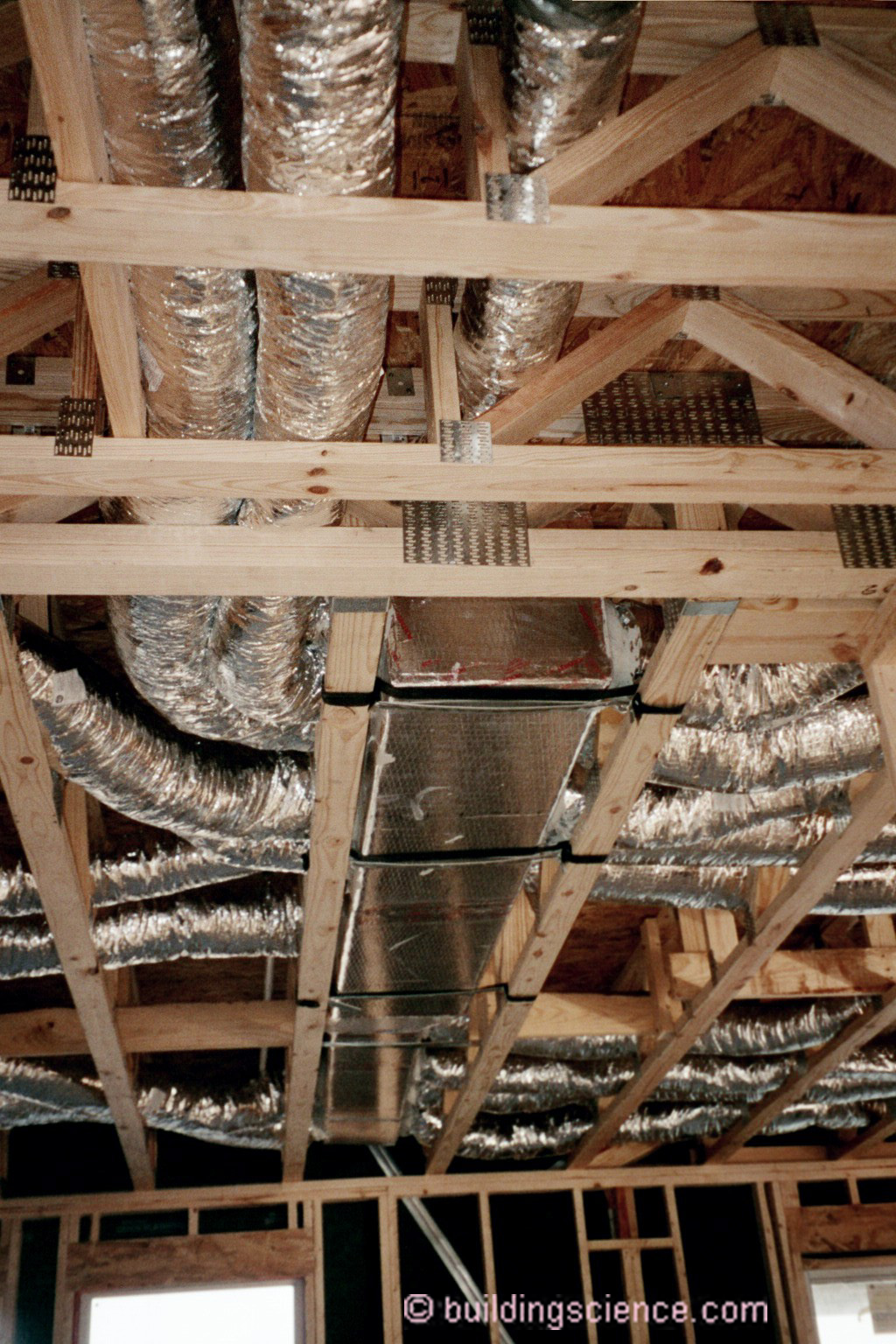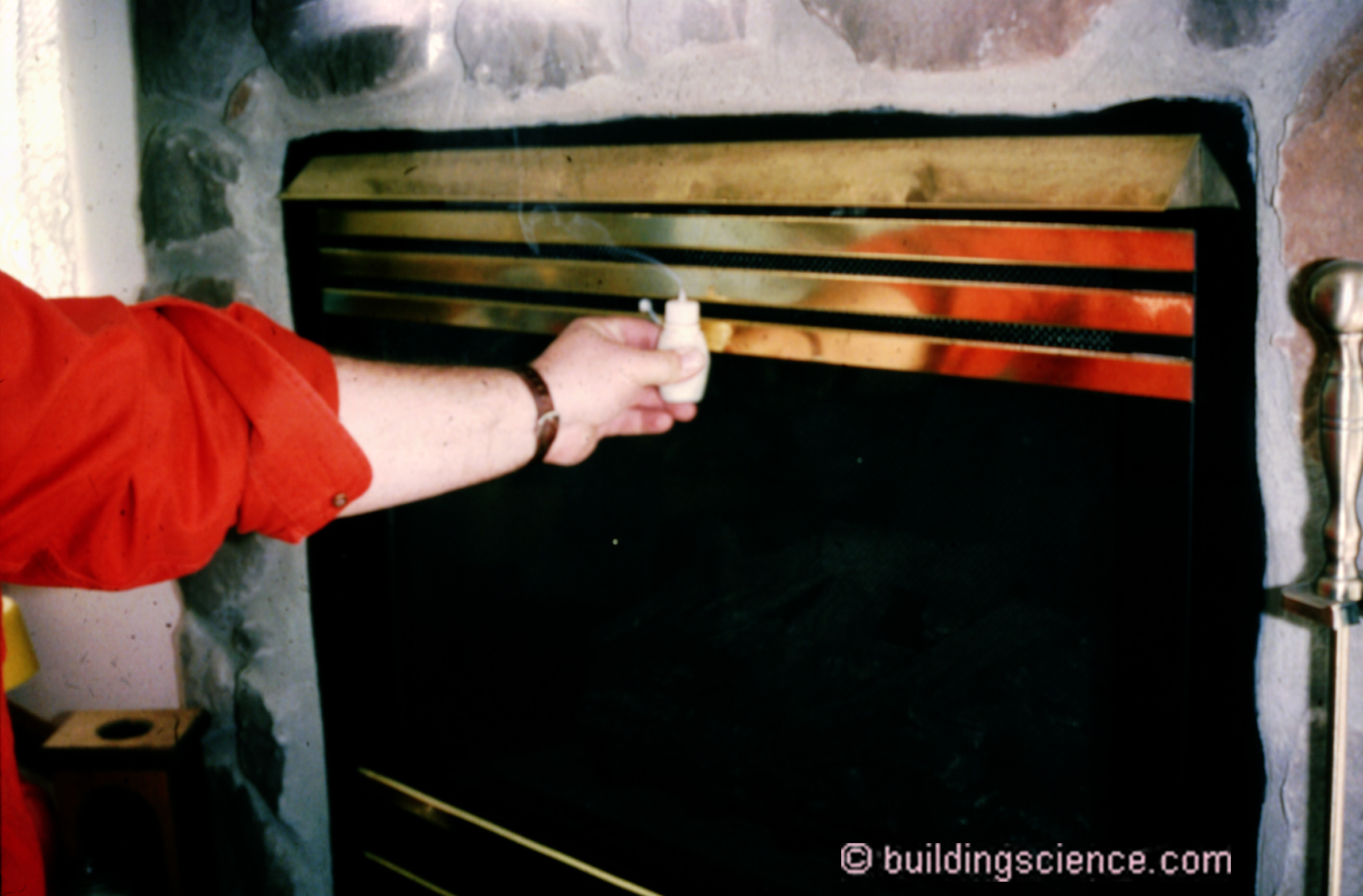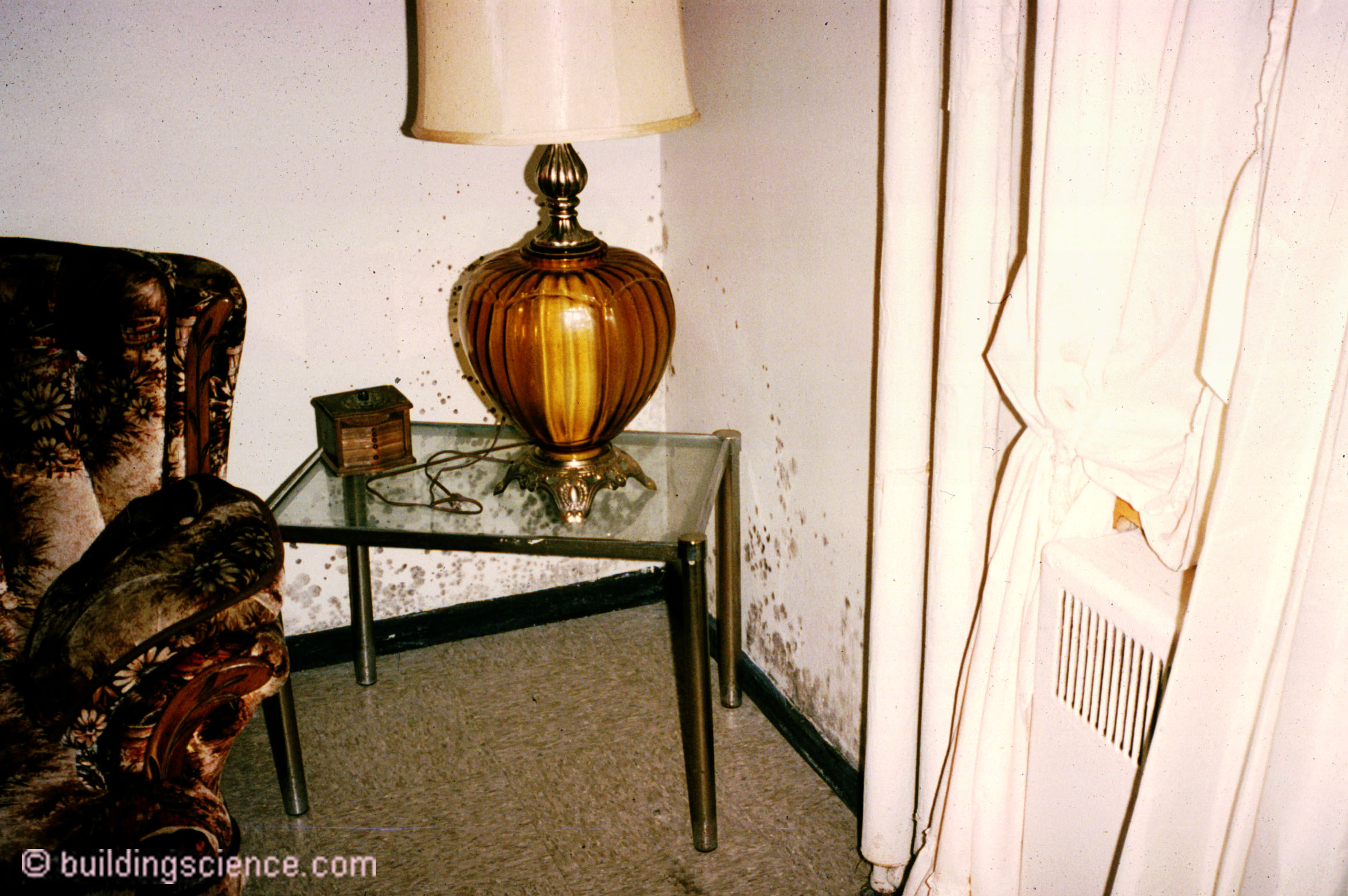At the most basic level a building is an environmental separator – it keeps the outside out and the inside in. Why? Well, sometimes the outside sucks and we want to keep it from getting into the inside or into the thing that separates the inside from the outside. Sometimes the inside sucks and we want to keep it from getting into the thing that separates the inside from the outside. It can be cold and miserable outside. It can be hot and humid and miserable outside. Inside is also often an issue. There is a big difference between a warehouse and an indoor swimming pool or humidified pressurized hospital or art gallery–and the environmental separator you use matters.
Design Objectives
In order to function as an environmental separator, the elements, components, assemblies and sub-systems that comprise a building must meet the following objectives (Hutcheon):
Control heat flow
Control airflow
Control water vapor flow
Control rain
Control ground water
Control light and solar radiation
Control noise and vibrations
Control contaminants, environmental hazards and odors
Control insects, rodents and vermin
Control fire
Provide strength and rigidity
Be durable
Be aesthetically pleasing
Be economical
Not all are equal. The things that will kill you are more important than the things that irritate you. The things that kill you quickly are more important than the things that kill you slowly. The things that irritate you quickly are more important than things that irritate you slowly.
Clean water and sewage are a really big deal. Separating sewage from drinking water is the basis of all civilization. Hate to admit it but the plumbing code is more important than the fire code, structural code and energy code. In a natural disaster we send clean water not bags of insulation. Plumbing codes came first. Then fire codes. Rome burned, London burned, Chicago burned and we got the fire codes. Guess what, fire codes are more important than structural codes. We got fire codes before we got structural codes. Now we also have structural codes. Guess what came last? The energy codes. Not much happens with plumbing any more….not much happens with plumbing codes. Same with fire and same with structure. Buildings don’t burn and they don’t fall down. Yes, of course we have fires and we do have structural failures but they are not rampant. What I am trying to say is that plumbing, fire and structural practice is mature and well established. Not so much energy. We are screwing things up and it is going to get worse before it gets better. As we change the energy flow across buildings things get very different especially when we start looking at degradation mechanisms - damage functions.
Water is one of the three principal damage functions affecting building materials and assemblies. The other two are heat and ultraviolet radiation. Arguably water is the most significant.
If the goal is for buildings to last a long time we have to build them dry, keep them dry, and let them dry if they get wet. Not complicated in principle. It shouldn’t be complicated in practice, but often is. It didn’t used to be. What changed?
What Has Changed
Three big things have changed in our lifetimes:
We don’t build out of rocks and hundred-year-old trees anymore;
We have very little energy exchange from the inside to outside and vice versa; and
We have heating, cooling, and ventilation systems that condition the inside almost year-round.
First, the materials that buildings are constructed from have changed dramatically. The newer materials are by and large more sensitive to water damage than the older traditional materials (Photograph 1). I am beginning to view engineered wood as an insult to wood and to engineers. We used to go to forests and take big trees down, cut them into boards, build boats out of them, and sail them around the world. Try doing that with oriented strand board (OSB). We have paper-faced gypsum in place of plaster and lath. We are lining the buildings with paper….we are building paper buildings. Even the dumbest of the Three Little Pigs didn’t build his house out of paper. So are we going to go back to rocks and hundred-year-old trees? Nope. We have to change the way we build to accommodate the new realities.

Photograph 1: Moisture Sensitive Materials - The newer materials are by and large more sensitive to water damage than the older traditional materials. Oriented Strand Board (OSB) is significantly more moisture sensitive than plywood.
Second, thermal insulation was added to wall assemblies, roof assemblies, and foundation assemblies (Photograph 2). The function was to keep the heat inside during the heating season and keep the heat outside during the cooling season. We added more and more and more. We have reached the point where very little energy exchange happens across building assemblies. This is both good and bad. The good is that buildings are very comfortable and consume very little energy. The bad is that the ability of building assemblies to dry - should they start out wet or get wet during service - has been reduced. Drying is an energy exchange process. Less movement of energy yields less drying.

Photograph 2: Thermal Insulation - Significant increases in thermal insulation added to wall assemblies, roof assemblies, and foundation assemblies.
When we had poorly insulated buildings the energy exchange was great and we were not very concerned about “incidental water”. For example, windows have always leaked. Not a lot, but a little. When they leaked into wall assemblies that were uninsulated or poorly insulated they were able to dry due to the exchange of energy across the wall assembly. We called this water leakage “incidental water” and didn’t worry much about it as it did not lead to damage. Today, we can’t ignore “incidental water” as energy is not available to promote drying. This “no longer incidental water” has led to fundamental changes in how we install windows and doors, how we flash service penetrations and how we install claddings.
Third, heating has been around for a long time. Cooling is a more recent development. Today, except in very limited circumstances, buildings are heated and cooled year- round. Buildings are also now mechanically ventilated. Buildings no longer rely on operable windows for an exchange of air between the interior and exterior. These changes are also both good and bad. Again, the good news is that buildings are very comfortable and consume very little energy. With controlled mechanical ventilation we can control the quality and the quantity of the air buildings exchange with the exterior. The bad news is that during cooling periods interior surfaces are colder and relative humidity adjacent interior surfaces is higher, which can lead to moisture problems. The bad gets worse if we do not bring in sufficient exterior air. We can create indoor environmental issues. The opposite is also bad. If we bring in too much exterior air we can create indoor environmental issues such as excessive interior surface wetting in hot-humid and mixed-humid climates or excessive interior dryness in cold climates leading to discomfort and material damage to hygroscopic interior trim and finishing materials.
It gets even more complicated with ducted and fan- driven heating, cooling and ventilation systems (Photograph 3). Buildings are significantly more airtight, so moving large quantities of air within them can lead to unacceptably high negative and positive air pressure differences. And we are not done yet. Exhaust systems such as kitchen range hoods can lead to significant negative pressures (Photograph 4) and backdraft combustion systems such as fireplaces (Photograph 5). Because of the huge improvements in efficiency, typical air conditioning systems no longer run long enough to sufficiently dehumidify the interior of buildings. On top of that, modern high efficiency air conditioning systems provide less dehumidification than old, inefficient units.

Photograph 3: Ductwork – Buildings now have ducted and fan- driven heating, cooling and ventilation systems and are significantly more airtight, so moving large quantities of air within them can lead to unacceptably high negative and positive air pressure differences.

Photograph 4: Kitchen Range Hoods - Exhaust systems such as kitchen range hoods can lead to significant negative pressures.

Photograph 5: Back-drafting Fireplace - Negative pressures due to air exhausting systems backdraft combustion systems such as fireplaces.
Over time the moisture sensitivity of assemblies has gone up as well as the “dwell time” for water in these building assemblies. Building assemblies are staying wetter longer and the modern materials are unable to tolerate the moisture stress. This is coupled with heating, cooling, and ventilation systems that have to address air change, air pressure, and interior humidity control. Things are much more complicated than they used to be.
The New Reality
Because there has been a big change in energy flow, materials and conditioning we have to change the way we build.
When we insulated old buildings, the paint peeled off them and attics rotted. When we caulked and sealed old buildings we reduced air change, increased pressure differences, messed up combustion air and chimney performance, spilled and back-drafted furnaces and water heaters, collected radon and other soil gasses, increased mold (Photograph 6), increased part load humidity, increased mold again. We should have learned. Actually we did….but we seemed to have forgotten today1.

Photograph 6: Mold - When we caulked and sealed old buildings we reduced air change and increased interior mold.
Building assemblies need to be protected from wetting via rainwater, groundwater, air transport and from vapor diffusion. The typical strategies use water control layers, air control layers, vapor control layers, thermal control layers (“insulation”), air pressure control, and control of interior moisture levels through ventilation, dehumidification, and source control. Climate location, season, and interior loads determine the strategies.
The reduction in energy flow is going to get even greater. The change in materials is going to get even greater. Wait for the fun that is coming when we add carbon and carbon sequestration and embodied energy to the mix. This is complicated enough with new buildings where we start with a clean sheet of paper. Wait till we do all of this in existing buildings. Retrofits are going to be way more fun. There is no such thing as a free thermodynamic lunch. I bet that the ghost of Rudolph Clausius2 has a big grin.
References:
Hutcheon, N.B.; Fundamental Considerations in the Design of Exterior Walls for Buildings, Engineering Journal, Vol. 36, No. 1, pp. 687-698, June, 1953.
Lstiburek, J.W.; Environmental Loads, Eighth Canadian Building Science Technology Conference, CSCE,
February 2000.
Lstiburek, J.W.; Moisture Control for Buildings, ASHRAE Journal, February 2002.
Footnotes:
1 I never get a call “Joe, things are going great…let’s have a beer..”
2 I think Rudolph Clausius is the big dog of thermodynamics…entropy baby…entropy….
